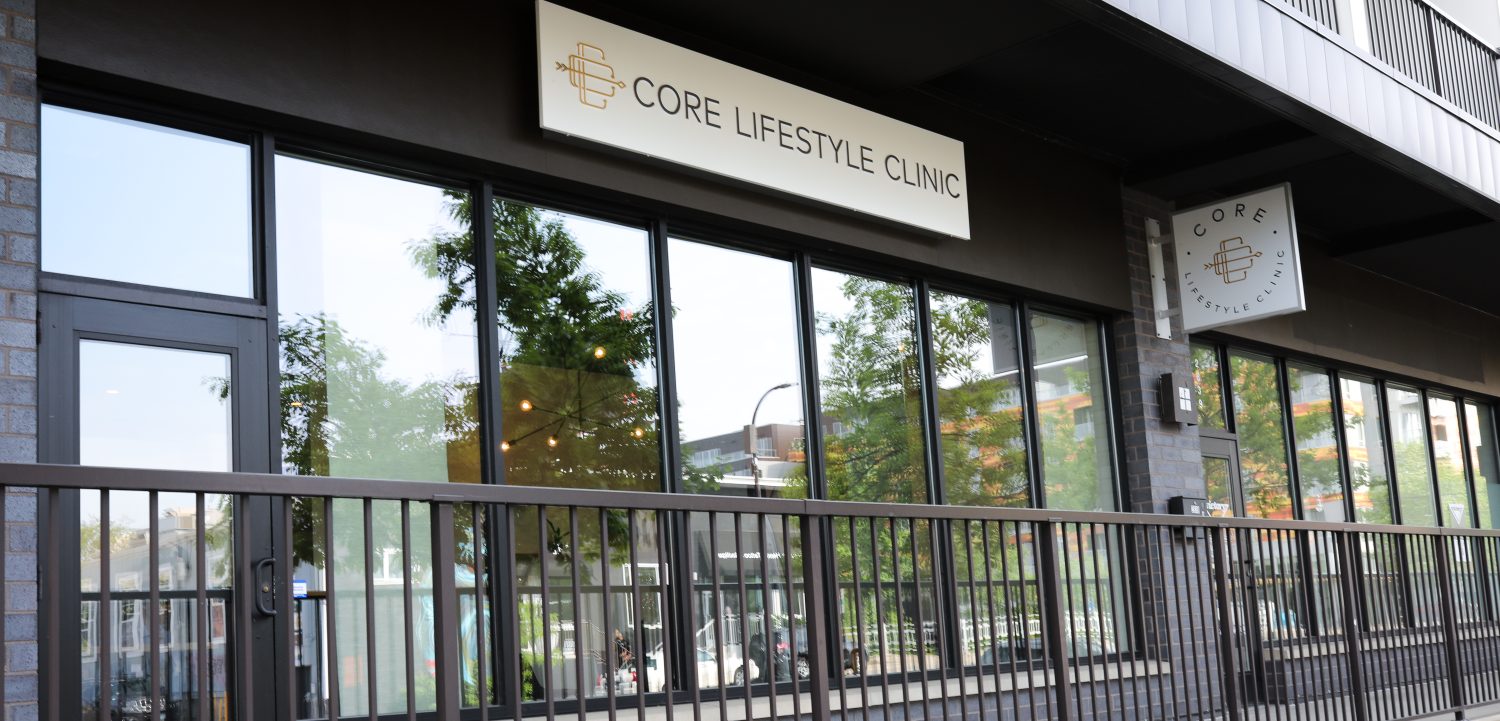A chiropractor knows that one of the most common injuries suffered in car accidents is a whiplash, especially in rear-end collisions. A whiplash occurs when the head and neck are snapped from the back to the front. The movement is similar to what a whip looks like when it is cracked, hence the term whiplash. Although whiplash most often occurs in crashes, they can also happen in other types of accidents, trauma, falls, or assaults.
Experienced chiropractors know that many times, the patient does not immediately realize they have been injured. It can take weeks – sometimes months – before the symptoms become persistent enough to raise concern in the patient or cause other issues. If you have suffered whiplash in an accident, contact our office to find out how we can help.
What Happens to the Spine When Whiplash Occurs?
During the accident, as the neck is being whipped upon impact, there may also be damage being done to the spine and tissues surrounding the spine. This can include:
- Bulging or herniation of discs
- Misalignment of the spine (this is referred to as subluxation)
- Injury to bones in the spine
- Muscles and ligaments in the neck are pulled
- Nerves become irritated or damaged
Symptoms of Whiplash
Whiplash can be mild to severe, but even a mild case of whiplash can be dangerous if left untreated. Because it can take so long for symptoms to appear, it is very important that you see a chiropractor if you have been involved in a crash or any other type of incident which could have caused a whiplash injury. A chiropractor can perform a thorough exam, including X-rays, and evaluate any injuries.
Common symptoms of whiplash include:
- Blurred vision
- Depression
- Difficulty sleeping
- Dizziness
- Fatigue
- Headaches
- Inability to move or turn the head fully
- Neck pain
- Numbness or tingling in the arms, hands, and fingers
- Pain when turning the head
- Pain in the arm, shoulder, and upper back
- Ringing in the ears
Many of the symptoms for whiplash can be attributed to other issues and that is why a lot of patients don’t even consider whiplash, especially if the car accident they were in was a minor one. If you have been cleared by a physician, but develop any of the above symptoms, you may have suffered whiplash and need treatment in order to find relief.
Contact a chiropractor right away. There is a strong possibility that these symptoms and a diagnosis of whiplash means your spine will need adjustments in order to correct the injury and eliminate symptoms. If you delay getting checked out, it could cause more serious health issues.
Let a Chiropractor Help You
If you have been in an accident or suffered any other trauma, even if you think you are fine, contact a chiropractor to set up an appointment to make sure that you have not suffered any damage to your spine or elsewhere. If you’ve experienced a car accident that caused your injury, it may also be a good idea to reach out to a car accident lawyer Washington D.C. residents rely on for aid.
Thanks to our friends and contributors from Cohen & Cohen, P.C., for their insight into car accidents.







